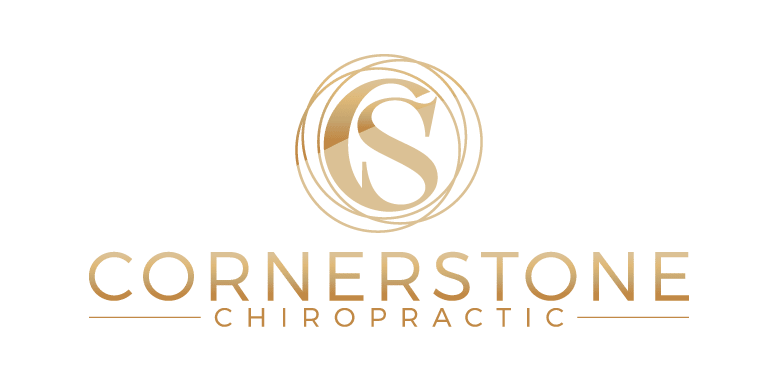Can You Overdose on Oxygen?
Adding oxygen to your system does need to be monitored. The protocols and procedures that we follow allow for the fastest recoveries and progress all the while in the safest environment for HBOT. Ask Dr. Willy or Dr. Matt, your trained hyperbaric professionals if you have further questions on this.
Are Hyperbarics safe?
Hyperbarics have a very good safety record. A thorough health consultation and a medical prescription for oxygen are part of our process that ensures you are a good candidate for hyperbaric oxygen therapy. When performed by trained hyperbaric professionals, in FDA-approved hyperbaric chambers such as ours, the safety of this therapy is very high.
Are Hyperbaric Dives comfortable?
Your time in the chamber should be comfortable and pain-free at all times. During the dive and the return to the surface, there is a pressure change that requires you to equalize your ears, much the same way you may need to do so on an airplane. We go through a predive checklist that ensures you can easily and painlessly clear/equalize your ears. Should equalization of your ears be difficult or create any discomfort, we will pause or stop the dive depending on the causation of the discomfort. The change in ear pressure during the dive is similar to the ear pressure felt when ascending or descending in altitude. These discomforts are minimized and most often eliminated completely by descending and/or ascending at a slower rate.
What is Hyperbarics used for?
Traditionally HBOT has been used for diabetic foot wounds, air and gas embolism, carbon monoxide poisoning and smoke inhalation, gas gangrene, thermal burns, decompression sickness, and acute mountain sickness. Due to the healing effects of oxygen therapy HBOT is now also used for cerebral palsy, brain injuries, multiple sclerosis, ALS, anemia, wound and scar healing, post-stroke care, post-surgical care, improved performance, dementia, musculoskeletal pain, immune system regulation, gut health, and bells palsy… just to name a few.
How does hyperbarics work?
Hyperbarics is a technology in which the air pressure in the environment is increased. When a person’s body is placed in a more pressurized environment, it absorbs more oxygen molecules per volume of compressed air. The body normally transports oxygen via the hemoglobin of the red blood cells. By increasing the air pressure, oxygen is then driven into the body’s fluids, allowing a super-saturation of tissues and organs with oxygen. The increased pressure infuses the body with oxygen, even helping injuries with damaged circulation heal. An example of this is a blood clot in the brain (stroke).
Does insurance cover Hyperbarics?
In the United States, there are certain indications that insurance covers. This includes gangrene, radiation burns, carbon monoxide poisoning, and decompression sickness. Traditionally insurance does not cover this therapy for the conditions we are using it for in our office.
HBOT First Experience
We recommend wearing 100% cotton clothing when using this therapy but it is not mandated. The session will be 1 hour in length. To protect your belongings and the chamber itself there are a few banned items from the chamber:
No electronics, including phones, headphones, or tablets.
No Jewelry
If you don’t want to take a nap, we suggest bringing a book or magazine with you to read in the chamber. Sadly kindles are not allowed as the pressure could damage your device.
You will feel pressure changes in your ears, similar to being on a plane for the first 10 minutes and during the last 10 minutes as the chamber is pressurizing and then de-pressurizing. The length of the Hyperbaric therapy normally is 1 hour.


